
👟 Personalise sports footwear with heat transfer vinyl
👟 Personalise sports footwear with heat transfer vinyl
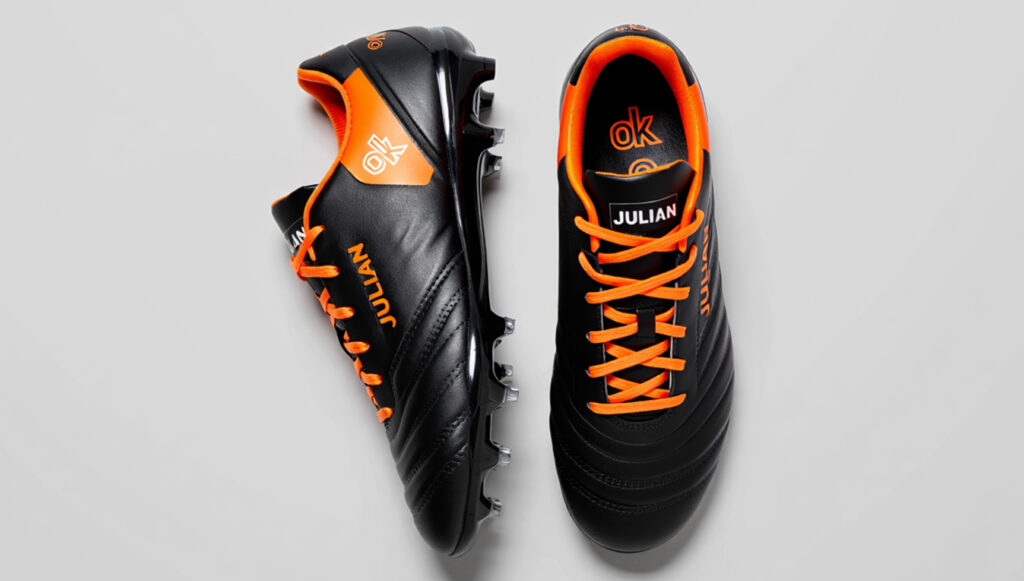
The customisation of sports footwear is increasingly common and is in growing demand. What started as an exclusive detail for professional athletes has now become a service accessible to any workshop or customisation business.
If you are already working with textile vinyl for t-shirts or sweatshirts, adding trainers to your catalogue is straightforward. You only need a few adjustments to your equipment and to choose the right type of vinyl.
- Why customise sports trainers with vinyl?
- What do you need to apply heat transfer vinyl on trainers?
- How is vinyl applied to sports footwear?
- Which areas of sports footwear are commonly customised?
- For what type of clients is this technique useful?
- ❓ Frequently Asked Questions about Customising Footwear with Vinyl
Why customise sports trainers with vinyl?
The textile vinyl is a modern alternative to traditional embroidery on footwear. It allows for precise designs to be created quickly, with good integration on the surface of the shoe.
✅ Main Advantages:
- High definition in small texts and graphics.
- Good resistance to wear and friction if applied correctly.
- Wide variety of colours to match the shoe design.
- A faster and more flexible process than embroidery.
Additionally, vinyl allows for the customisation of unique orders or short runs, such as names, numbers, or flags on football boots, padel shoes, running shoes, or even children's footwear.
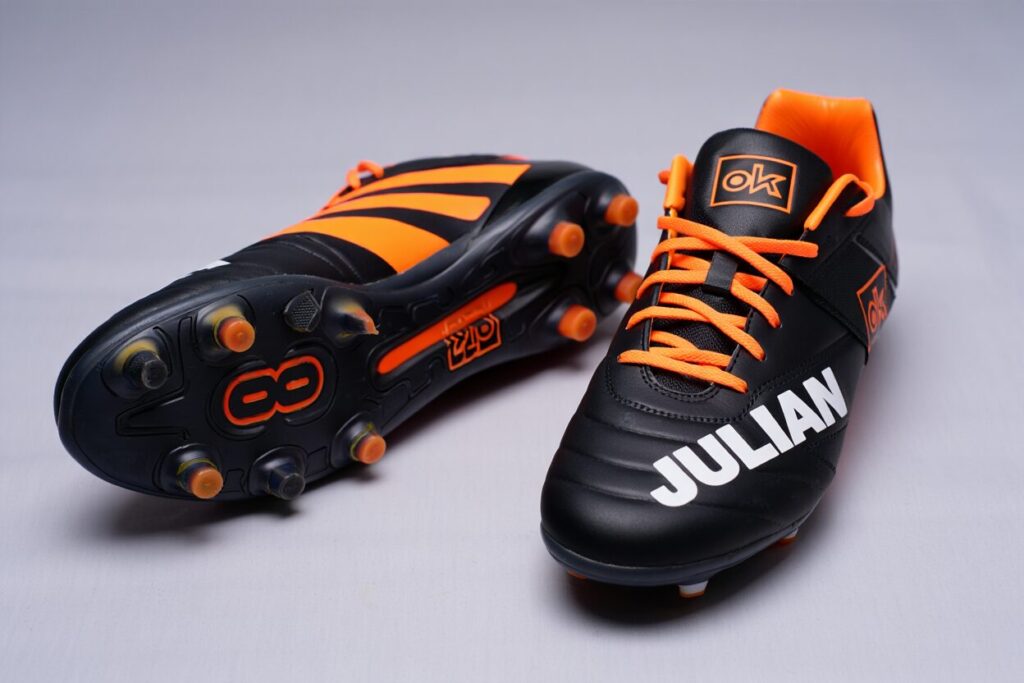
What do you need to apply heat transfer vinyl on trainers?
If you already customise textiles, you probably have some of the equipment. With this, you could already start:
- Cutting plotter: for cutting out names, numbers, or logos on vinyl.
- Elastic textile vinyl: ideal for curved and flexible surfaces such as trainers. Available in many colours.
- Weeding tools: tweezers or hooks for removing excess vinyl after cutting.
- Transfer Press:
- with special plate for trainers: designed with a curved base or special plate that adapts to the shape of footwear.
- mini: cost-effective alternative for beginners or for occasional customisations in small areas.
- Trainers or sports footwear: preferably made from materials that withstand heat, such as textile or heat-resistant synthetics.
👉 Elastic vinyl is better suited to the curved or flexible areas of footwear, preventing it from cracking or peeling with use.
How is vinyl applied to sports footwear?
- Design the name or logo on the computer and prepare the vector file.
- Cut the design with the vinyl cutter (remember to use mirror mode).
- Remove the excess vinyl using the weeding tools.
- Place the vinyl on the trainer in the desired area.
- Apply heat and pressure with the transfer iron following the manufacturer's instructions for the vinyl.
💡 Tip: Always conduct a preliminary test on an old or sample shoe to adjust pressure, temperature, and time without risk.
In this video, we show you the step-by-step process for applying textile vinyl to sports trainers:
Which areas of sports footwear are commonly customised?
The most common ones are:
- Outer heel area
- Exterior side
- Tongue
- Vamp (in promotional footwear)
Here we provide you with a Pinterest board featuring various customisations on all types of footwear:
Follow the Brildor Textile Vinyl Shoes board on Pinterest.
For what type of clients is this technique useful?
- Sports clubs: names, numbers, or badges.
- Events or brand promotions.
- Personalised gift shops.
- Designers or own footwear brands.
❓ Frequently Asked Questions about Customising Footwear with Vinyl
- Can textile vinyl be used to customise footwear?
- Yes, as long as it is a stretch vinyl and is applied with appropriate pressure and heat. It adheres well to textile and synthetic surfaces of sports footwear.
- What type of vinyl is most suitable?
- The elastic textile vinyl (Elastic) is designed to conform to curved or flexible surfaces without cracking or peeling with use.
- Is vinyl better than embroidery for trainers?
- It depends on the use, but vinyl allows for greater precision in details, a variety of colours, and is quicker and more economical for short runs or individual customisation.
- What type of press do I need to apply vinyl on footwear?
- A transfer press for trainers or a combo press with a curved base or special plate for footwear. Ensures good pressure on irregular areas.
- Which areas of the shoe can be customised?
- The most common areas are the heel, the outer side, the tongue, or even the instep, especially in promotional footwear or personalised gifts.
Customising sports footwear with textile vinyl is an excellent way to expand your catalogue without significant investments. If you already work with garments, adding trainers is a natural and profitable step to differentiate yourself in the industry.
Do you have any questions about the process or the most suitable material? Share them with us in the comments. Our team will be delighted to provide you with answers and assistance. You can also contact our Customer Service Department directly for additional help.
Remember that on our social media, we daily post a wide range of ideas, offers, and the latest updates related to various personalisation techniques. To stay informed about everything, follow us on Instagram and TikTok. And don't forget to subscribe to our YouTube channel to keep learning with us!
WE WANT TO KNOW WHAT YOU THINK
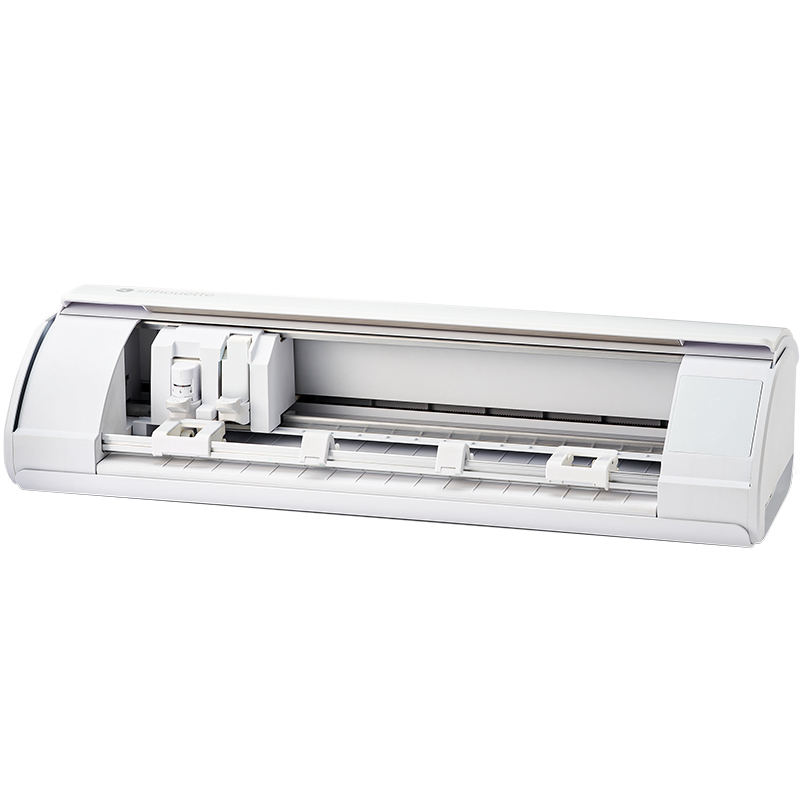
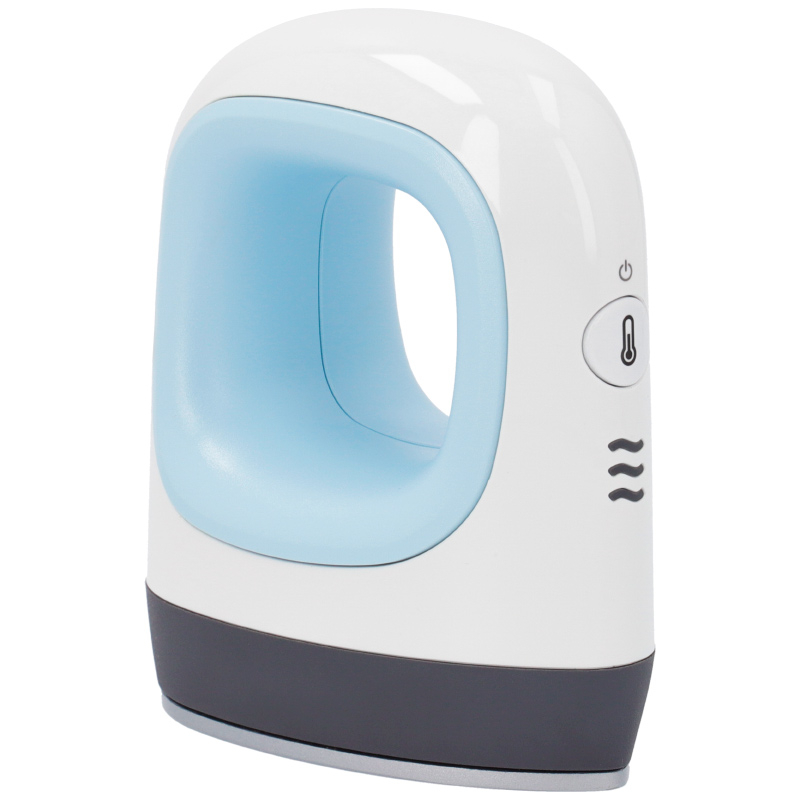
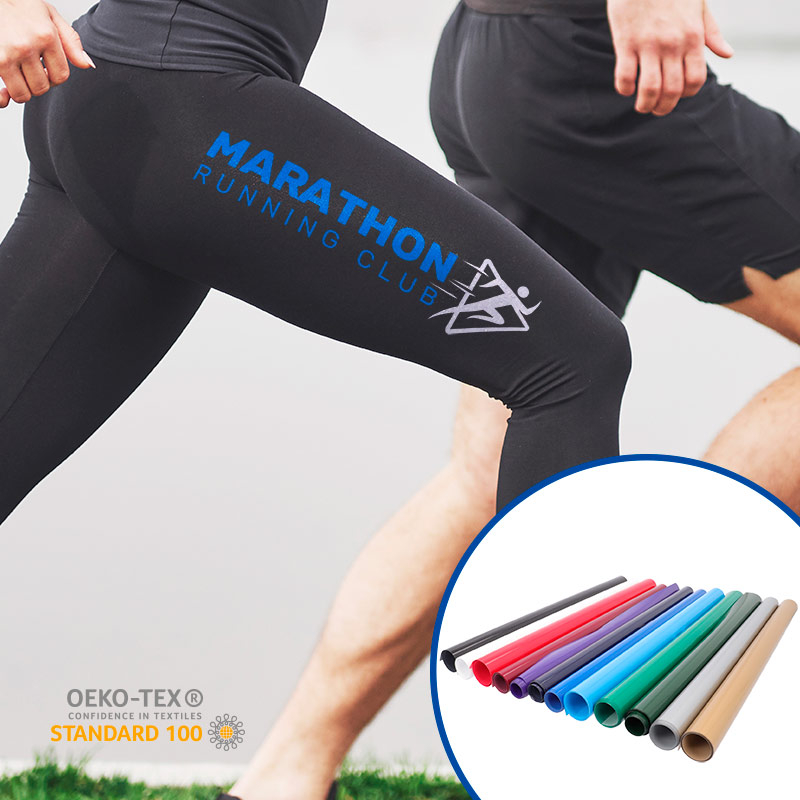
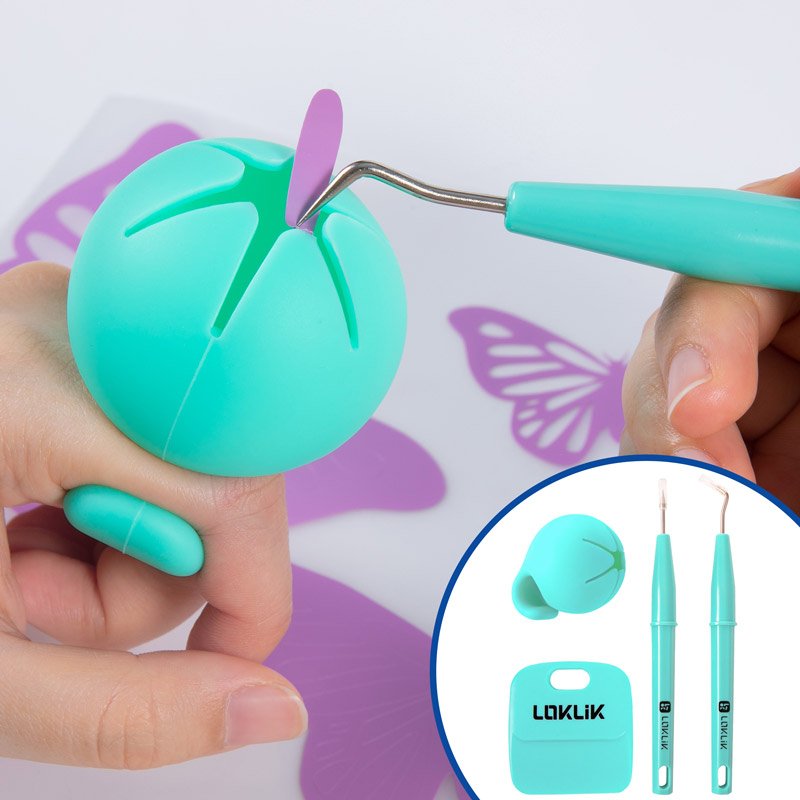
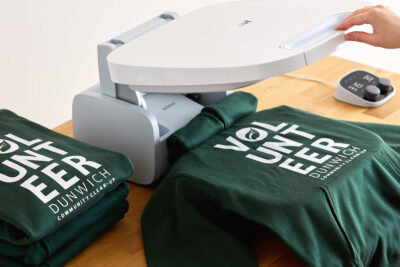
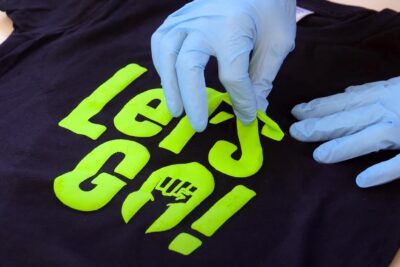
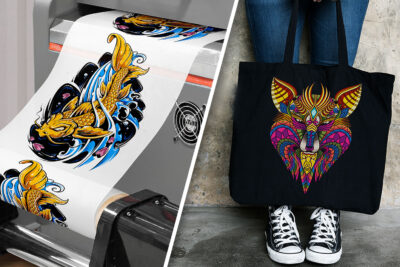
You may also like